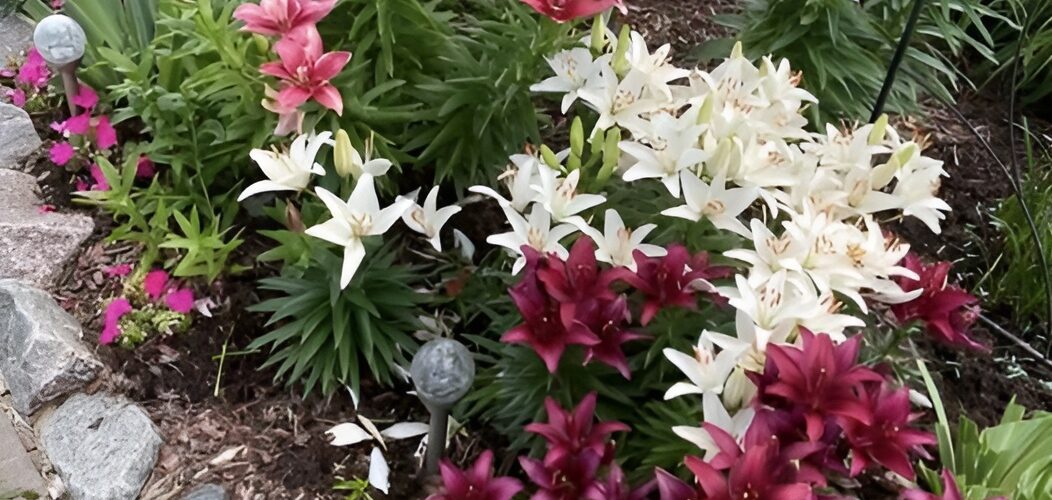The lily, a flowering shrub, is known worldwide for its delightful fragrance. With its elegant blooms and vibrant hues, it enhances the appeal of gardens. It has a long history of cultivation and symbolism, and it comes in a wide variety of colors, shapes, and sizes. But did you know that you can grow lilies from seed? It may take longer than growing from bulbs, but it can be a rewarding and fun experience.
Growing lilies from seed allows you to create new and unique varieties as they may not always resemble their parent plants. In this article, we will show you step by step how to grow these stunning flowers from seed.
SELECTION OF LILY SPECIES
Growing lilies from seed can be a rewarding but patient endeavor, as they need time to mature and bloom. First, choose the type of lily you want to grow. Common garden lilies, including Asian, Oriental, and trumpet lilies , are a popular choice. Consider factors such as color, size, and scent when making your selection.
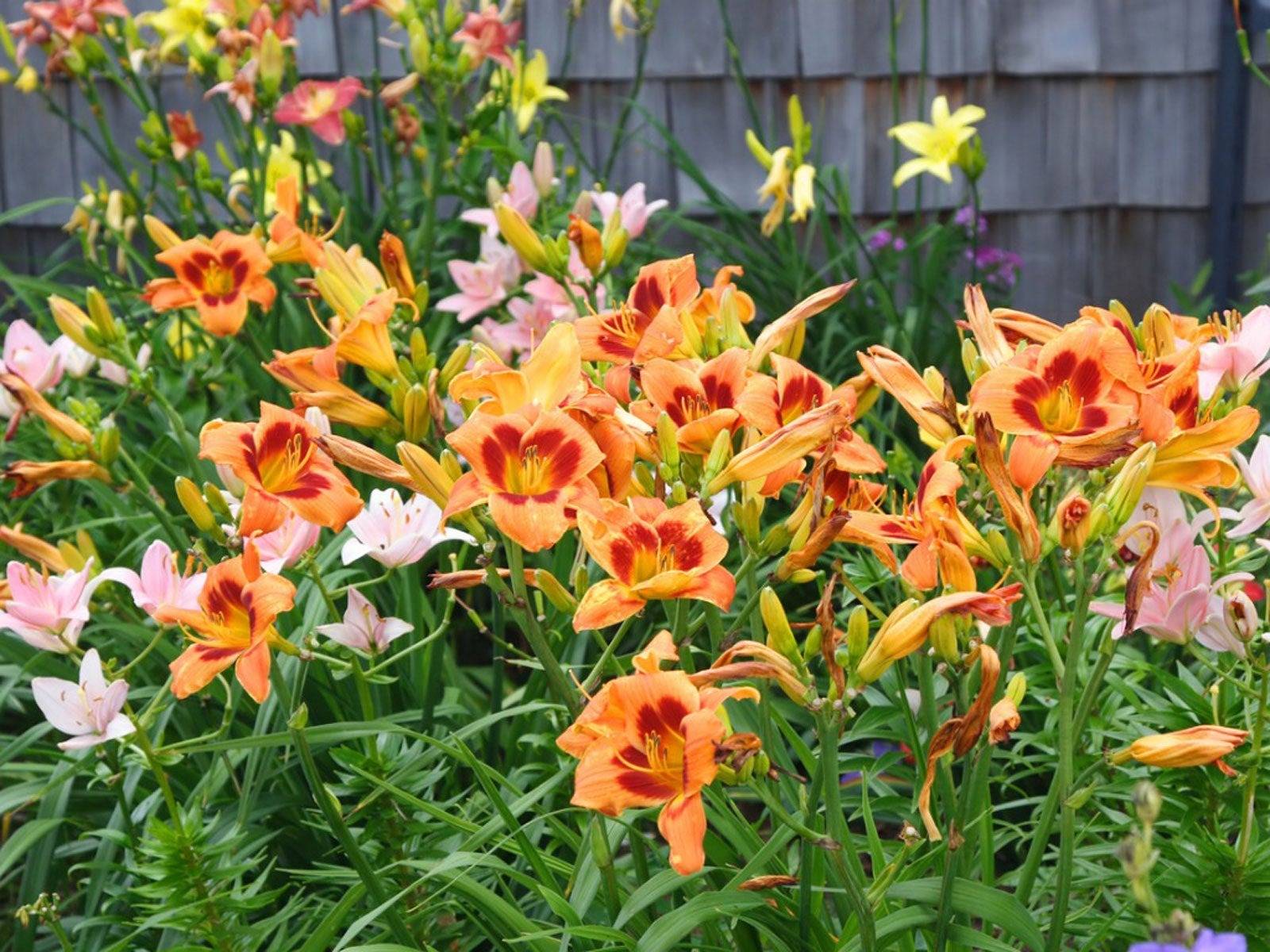
WHEN AND WHERE TO PLANT LILY SEEDS
Ideally, lily seeds should be planted in the fall, typically between late September and early November . This timing allows the seeds to undergo a period of cold stratification, which is essential for breaking dormancy and promoting germination.
Choose a location in your garden that receives partial to full sunlight and has well-drained soil. Lilies prefer slightly acidic to neutral soil. Prepare the planting area by loosening the soil to a depth of about 30 cm and adding organic material such as compost to improve soil structure and fertility.
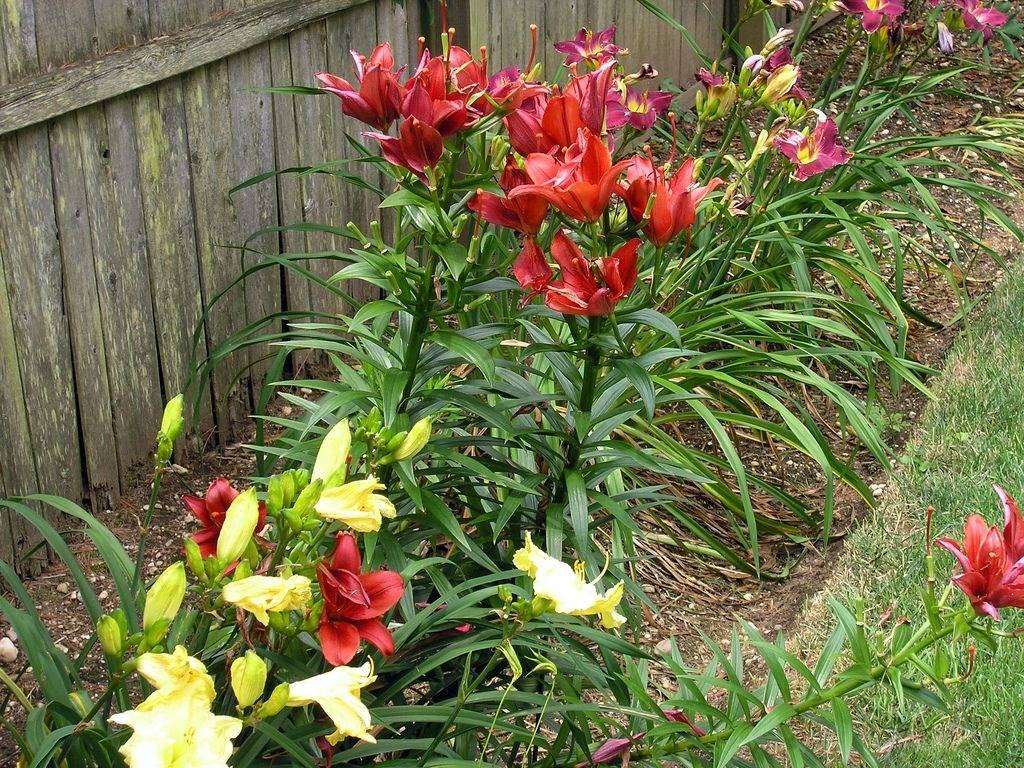
PLANTING LILY SEEDS
1. Seed collection : When collecting seeds from existing lilies, wait until the seed pods have ripened and turned brown . Collect the seeds by carefully breaking open the pods.
2. Scarification : Some lily seeds have tough seed coats that benefit from scarification, which involves lightly nicking or scratching the seed coat. To make it easier, you can use a small file or sandpaper.
3. Planting Depth : Plant the prepared seeds about 1/4 to 1/2 inch deep into the soil. Space them at least 4 inches apart to allow room for growth.
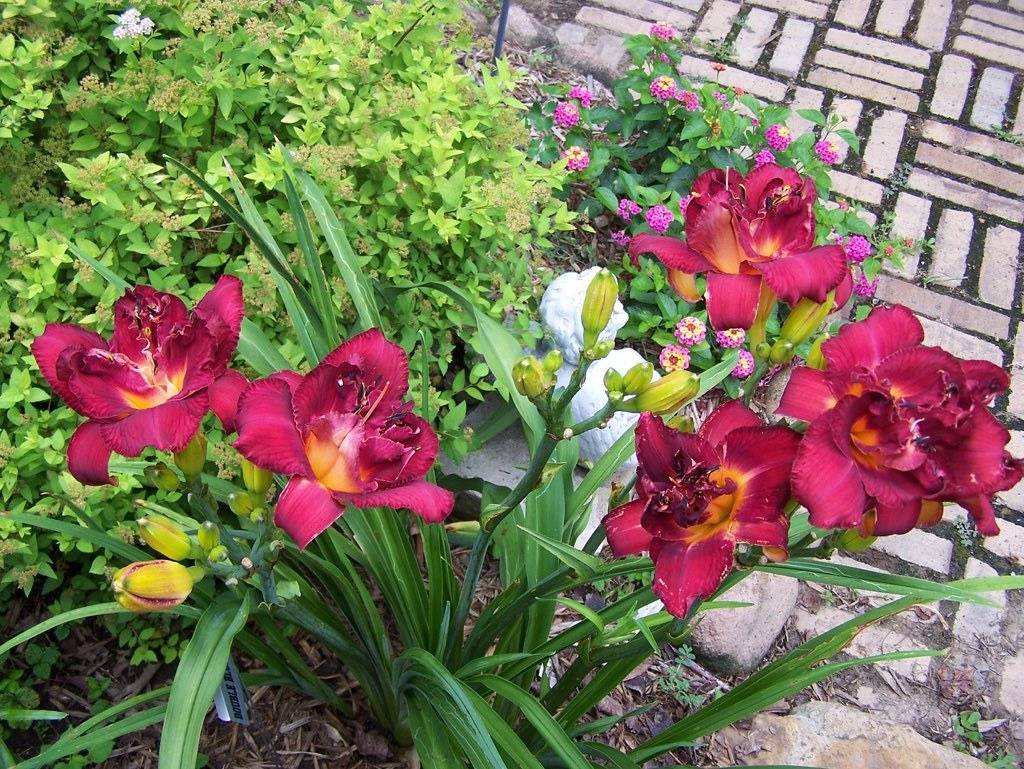
4. Mulch : Cover the planting area with a layer of mulch, such as straw or leaves, to protect the seeds from extreme temperatures.
5. Watering : Keep the soil evenly moist but not waterlogged. Water gently to avoid disturbing the seeds.

CARE OF LILY SEEDLINGS
Once the seedlings emerge, thin them to ensure proper spacing, leaving the strongest and healthiest ones.
Fertilization plays an important role in supporting lily blooms. Apply a balanced, slow-release fertilizer in the spring when seedlings begin to grow. Follow package directions for application rates.
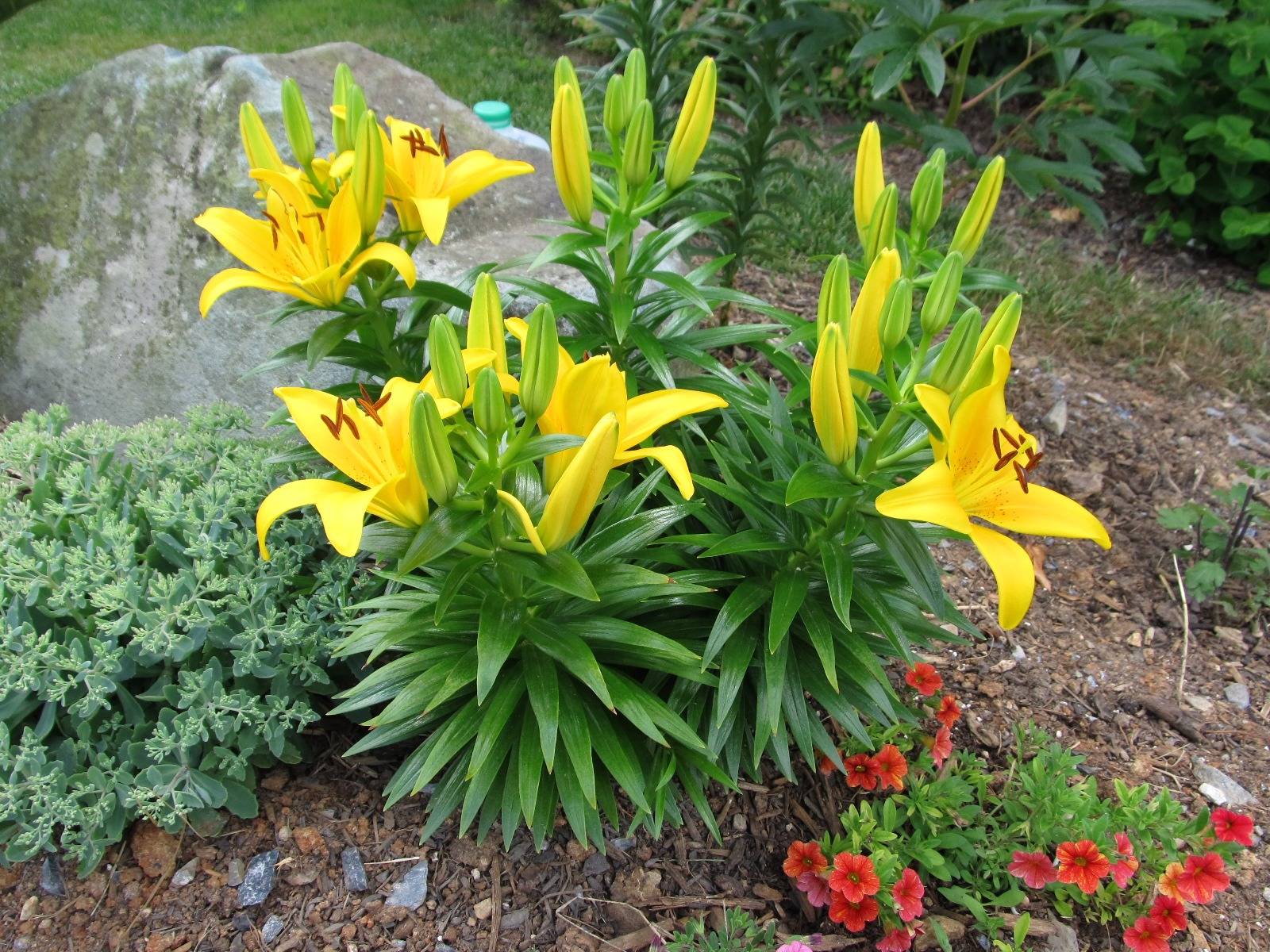
Also, keep the area around the lily seedlings free of weeds that can compete for nutrients and water. Protect the young lilies from pests such as slugs , as they can be vulnerable at this stage.
In colder climates, protect your lily by mulching the lily seedlings with several inches of straw or leaves to protect them from sub-zero temperatures.
When the lilies grow and develop bulbs, you can transplant them to their permanent location in your garden.
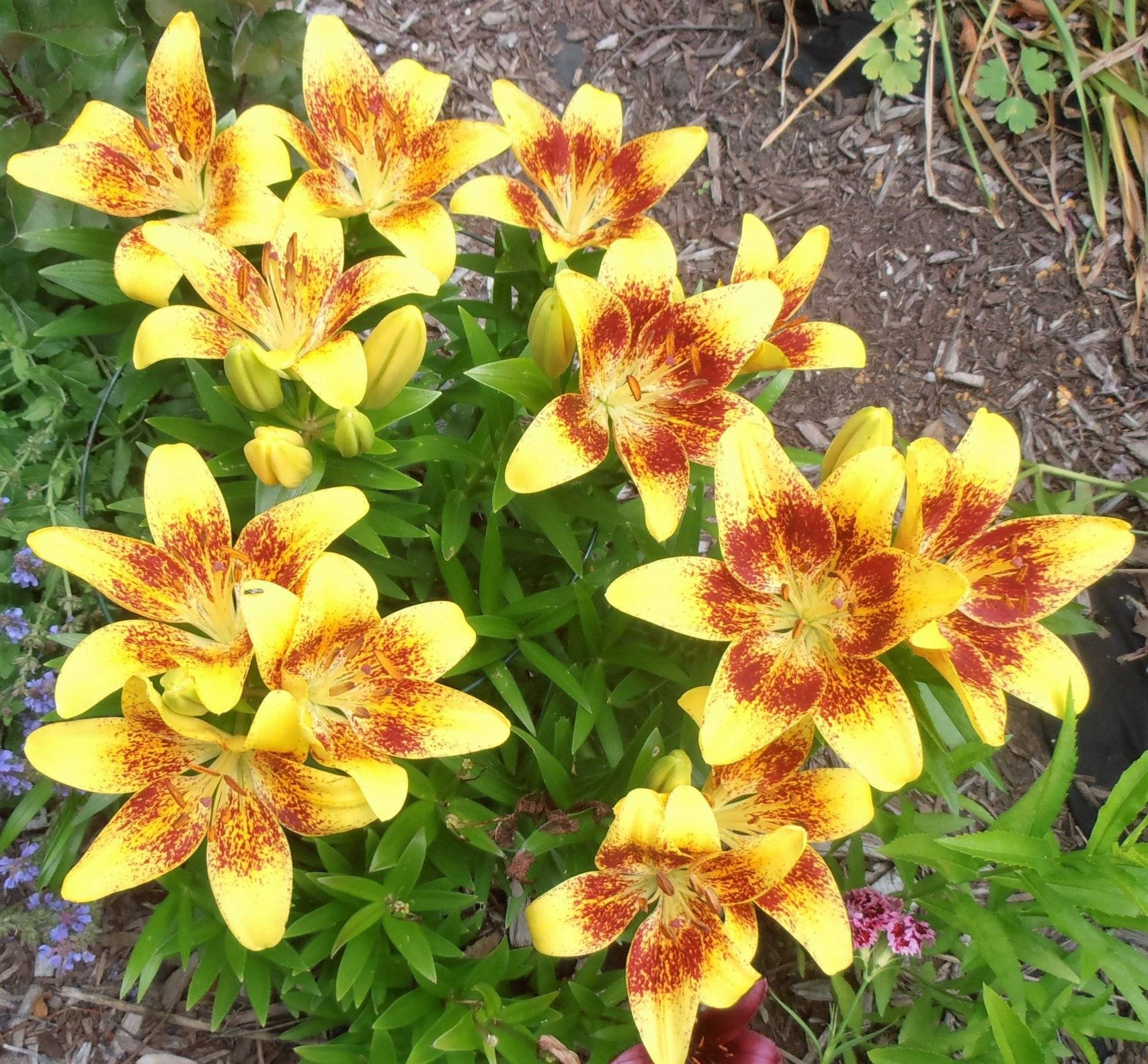
Growing lilies from seed is the job of a patient gardener as it can take a few years for them to mature and produce their first flowers, but the reward of watching them grow from tiny seeds into stunning blooms is truly satisfying.

